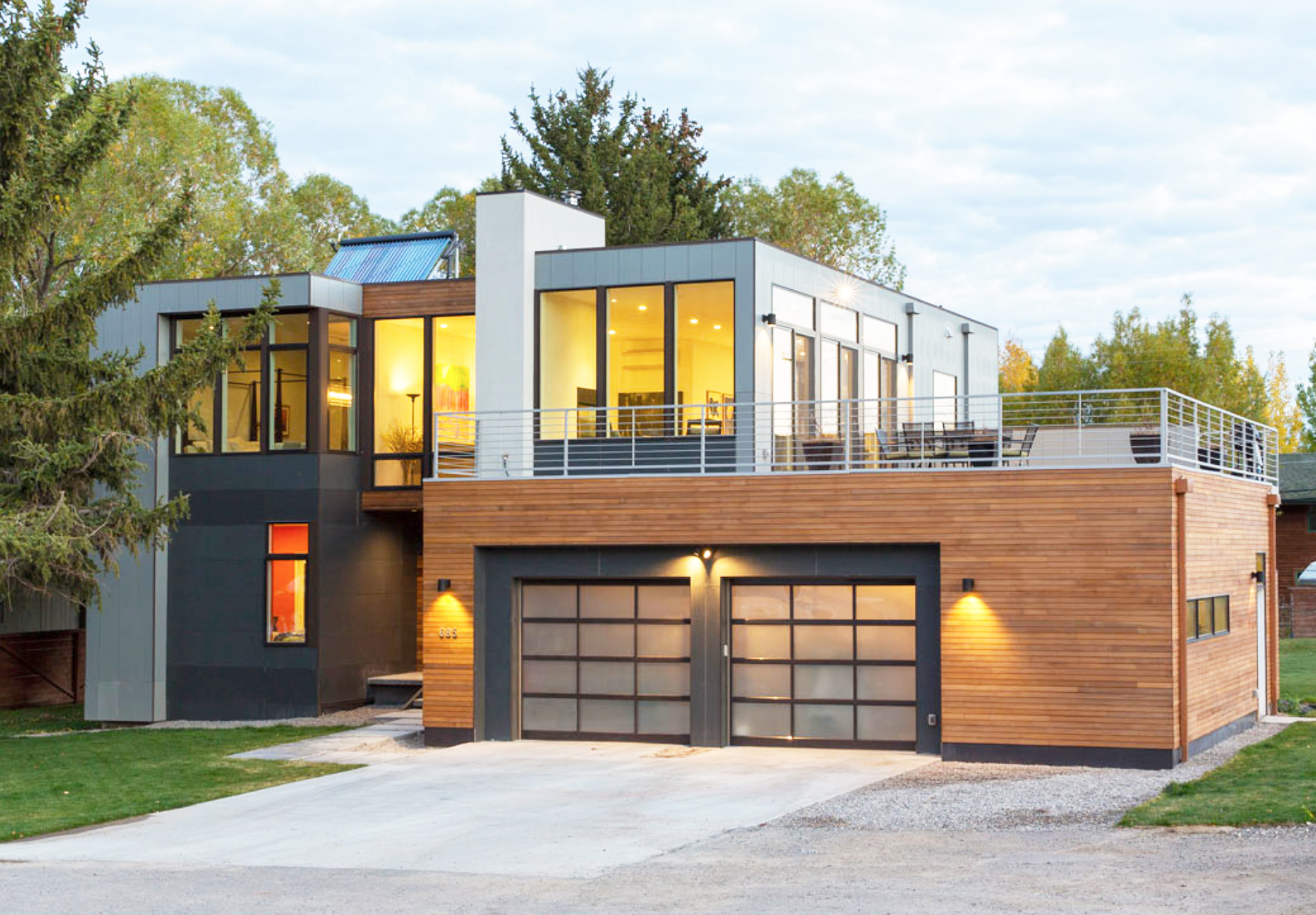Earlier this year, the BEIJING local Building and Environment Departments had published the new “Design Standard for Ultra-low Energy Residential Building (DB11/T1665-2019)”, in order to implement relevant laws and regulations on ENERGY-SAVING and ENVIRONMENT PROTECTION, to lower residential buildings’ consumption, to improve buildings’ quality, and to standardize the design of ultra-low energy residential building.
In this “Standard”, it requires the building to have 1) Good insulation, 2) Good air tightness, 3) Energy recovery ventilation, 4) Heating and Cooling System, and other relevant green design items.
This is very similar to a passive house, where energy recovery ventilation system is a key factor. It requires the ventilator to have 70% heat exchange efficiency if using an enthalpy heat exchanger; or 75% if using an aluminum heat exchanger. This energy recovery system will lower the working load of the heating&cooling system, comparing to natural ventilation and mechanical ventilation without heat recovery.
The standard also requires the ventilation system to have “Purification” function, to at least filtrate 80% of the particle larger than 0.5μm. Some of the systems can be equipped with higher grade filters, to further filtrate the particulate matter in the air (PM2.5/5/10 etc.). This will guarantee your indoor air is clean and fresh.
In other words, This standard is to help you build an Energy-Saving, Clean and Comfortable Home. It has taken effect since 1st of April, 2020, speeding up the “Green Building” development in Beijing. And soon, it will take effect throughout China, which will greatly favor the Energy recovery ventilation market.

Post time: Jan-01-2021








